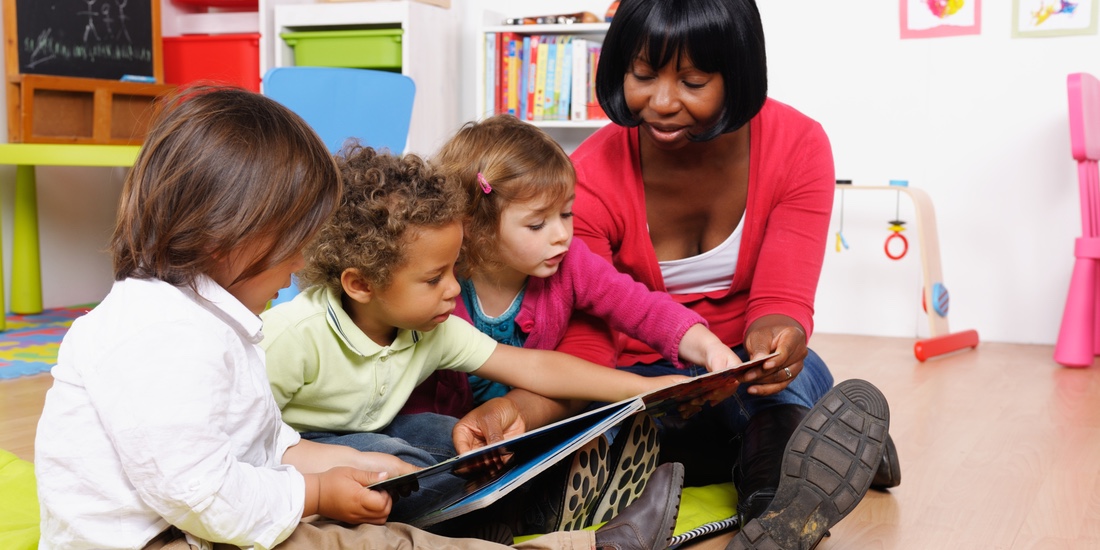How is your child dealing with words they can’t read? Here’s an observation tool that can help inform how your child is interacting with the words they read.
Learn
A Model of Understanding How Your Child is Reading
- As children learn to read, they are using information in a flexible and active manner from their language, experiences and the page.
- Children draw from all three information sources to crosscheck the sources as they try to solve for words when learning to read. However, beginning readers may rely on one source of information to the exclusion of another.
- For example, when a child sees the picture of what looks like an airplane on the page, and reads “airplane,” but the word in the text is “jet.” This reader is using information from his or her language and experiences, and not using the information from the page.
- Children draw from all three information sources to crosscheck the sources as they try to solve for words when learning to read. However, beginning readers may rely on one source of information to the exclusion of another.
- As your child reads to you, listen carefully and allow them to make mistakes. It is from these mistakes that you will better understand what sources of information they are using. This will allow you to step in and support your child to pay attention to the other sources of information available.
- Of course, if the text is frustrating to your child, please gently take over the reading and find a better book that matches your child’s reading stage.
- Support your child in learning to crosscheck these three sources of information by asking three guiding questions. Interestingly, asking these same three questions are good life skills:
- Does it make sense?
- Does it look right?
- Does it sound right?
Do
“Does it make sense? Does it look right? Does it sound right?” can be helpful questions to consider asking your child if they stumble on a word they’re trying to read. Here’s how you could use these guiding questions.
Does it Make Sense?
This is about your child establishing meaning.
- Readers use meaningful information gained from the picture, sentence context, or story line. They draw upon their background knowledge as they think about what would make sense.
- By asking your child, “Does it make sense?” throughout a story, your child understands that everything they read is supposed to make sense.
- Check for meaning by retelling the story after reading.
- Prompts for meaning cues:
- “You said ‘Rocket hides his sticks in the tree.’…Does that make sense?”
- “What is going on in that picture?”
- “What happened in the story when…?”
- (Before turning the page) “What do you think is going to happen?” or “What could it be?”
- “Does that fit with what you already know about the story?”
Does it Look Right?
This is about your child establishing visual cues.
- Readers check the visual information – the letters and words. They draw upon their knowledge of phonics as they think about what word looks right.
- By asking your child, “Does it look right?” you’re encouraging them to critically look at the print. Encourage them to pay special attention to:
- Beginning sounds.
- Ending sounds.
- Familiar chunks in the word (e.g. ‘-ing’ or blends (consonant and vowel)).
- Blending sounds together by stretching out the word.
- Directionality, spaces and words.
- Prompts for visual cues:
- “What do you expect to see at the beginning? end?”
- “How did you know it was ___?”
- “Do you know a word like that?
- “Do you know a word that starts with those letters?”
- “Do you know something that ends with those letters?”
- “Do you see a small chunk of the word that you know?”
- “What sounds can you see in the word?”
Does it Sound Right?
This is about your child learning language structure.
- Readers use structural knowledge as they think about what would sound right. They draw upon their knowledge of spoken language.
- By asking your child, “Does it sound right?” it encourages your child to listen to what they’re saying.
- Prompts for structure cues:
- “You said ___. Does that sound right?”
- “Does that sound like the way we talk?”
- “Read back error sentences, then ask “How does that sound to you? What do you think we should say differently?”
